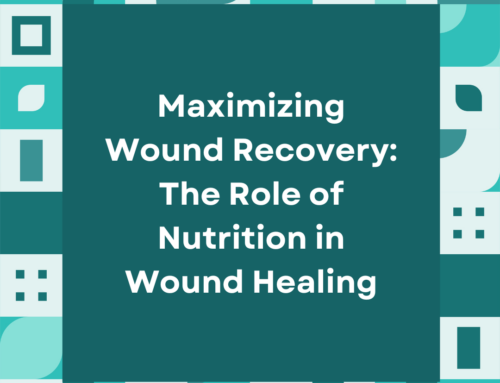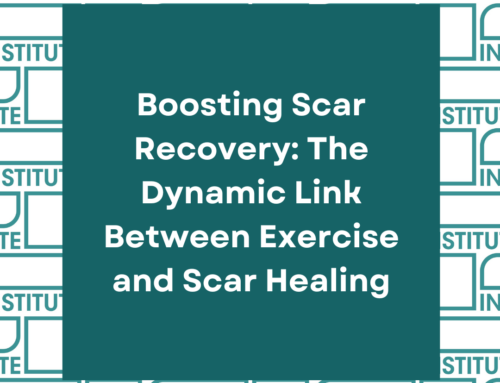Scars are the body’s natural response to injury, a complex and fascinating process that involves a symphony of biological events occurring all at once. Understanding the science behind scar formation and healing can provide insights into how our bodies repair and remodel damaged tissue. In this article, we’ll delve into the intricate world of wound healing and the scientific mechanisms that govern the formation and eventual fading of scars.
The Stages of Wound Healing
- Hemostasis:
The journey begins with hemostasis, the immediate response to injury where blood vessels constrict and platelets initiate clotting. This prevents excessive bleeding and lays the groundwork for subsequent healing phases.
- Inflammation:
Inflammation follows, a crucial stage where immune cells clear debris and pathogens. Cytokines and growth factors orchestrate this inflammatory dance, preparing the wound for the next phase.
- Proliferation:
During proliferation, specialized cells like fibroblasts enter the scene. These cells produce collagen, a structural protein essential for wound strength. Blood vessels re-establish, and the wound contracts, minimizing its size.
- Remodeling:
The final act is remodeling, a protracted process where collagen fibers are rearranged and cross-linked to enhance tissue strength. This phase may take months or even years, and the result is the formation of a scar.
The Role of Collagen
Collagen, often referred to as the building block of tissues, plays a starring and irreplaceable role in scar formation.
While it is necessary for wound healing, an excess can lead to the development of hypertrophic or keloid scars.
A deficit can lead to the development of atrophic scars. Striking a balance in collagen production is vital for achieving optimal healing without excessive scarring (or lack thereof).
Factors Influencing Scar Formation
- Genetics:
Individual genetic makeup can influence the propensity to form certain types of scars. Understanding one’s genetic predisposition aids in predicting and managing scar outcomes.
- Wound Size and Depth:
The size and depth of a wound directly impact the healing process. Deeper wounds may involve more complex repair mechanisms, leading to different scar types.
Strategies for Scar Minimization
- Early Wound Care:
Proper wound care during the initial stages can significantly impact scar formation. Keeping the wound clean and moisturized supports an optimal healing environment.
- Topical Treatments:
Advancements in skincare offer various topical treatments containing ingredients like silicone, vitamin E, and onion extract, known for their positive effects on scar appearance. Be sure to speak with an experienced provider like those at the Scar Healing Institute before beginning any sort of treatment, even if it is over the counter.
Taking it Home
In conclusion, the science of scar formation and healing is a dynamic and intricate process involving a sequence of finely tuned events.
Understanding these stages empowers individuals to make informed choices in managing scars.
From genetic factors to collagen dynamics, each element plays a vital role in shaping the story of our body’s resilience and recovery.
As we unravel the mysteries of scar formation, we gain valuable insights into the incredible capabilities of our body to heal and renew.
To learn more about your skin and how you to adopt healthy skin routines, visit us at Scar Healing Institute in Los Angeles, California.
Schedule an Appointment
Scar Healing Institute
Scar Healing Institute is committed to developing the most effective treatments for scarring. Our team of scar revision specialists are continually inventing the latest technologies and formulas to deliver the best results for our patients.




